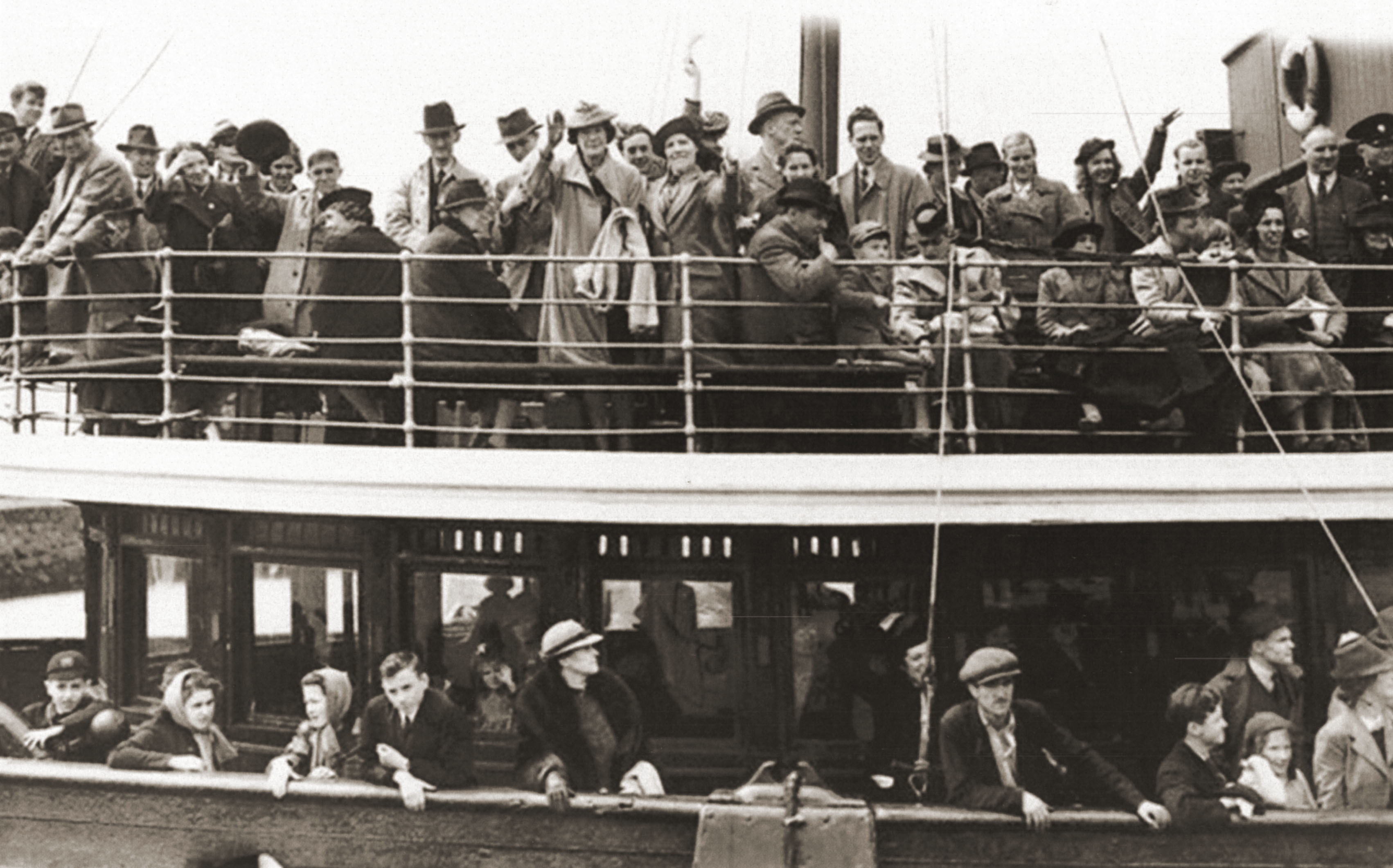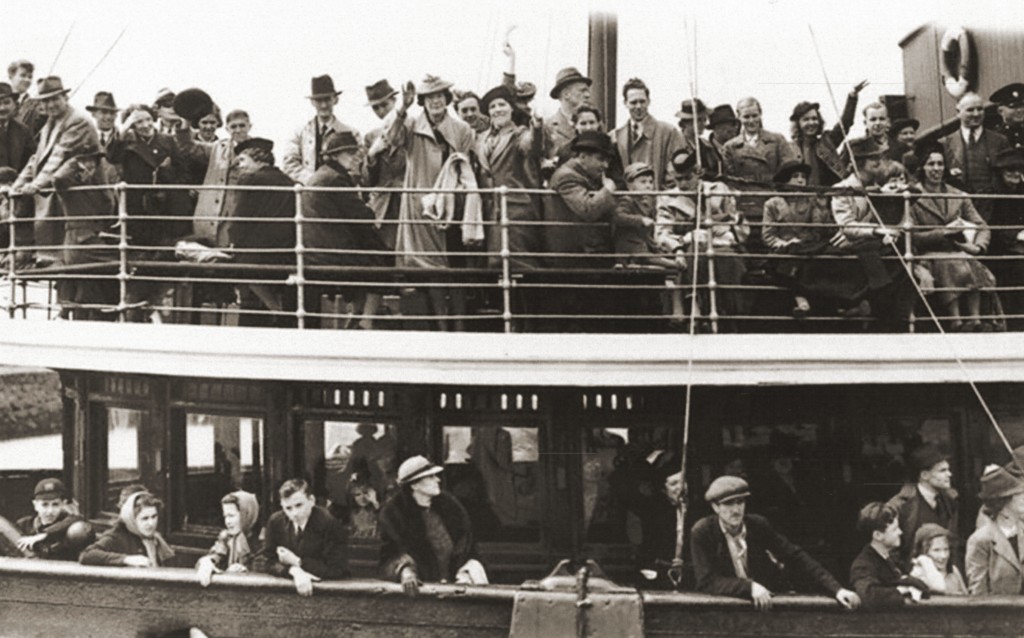WAR VICTIMS COME TO GALWAY (04 09 2014)

At 11.15am on September 3rd 1939, Neville Chamberlain went on radio to announce that Britain had declared war on Germany. Hitler was still hopeful of a diplomatic resolution and to this end, he issued strict orders for U-boats to follow the Prize Regulations under which attacks on passenger liners were prohibited. Unfortunately, the first ship that was sunk by a U-boat was the S.S. Athenia, which was carrying 1418 passengers and crew. She was about 200 miles off the west coast at the time.
Captain Lemp, the captain of U-boat number U-30 spotted the liner and at 21.00 hours, fired a single torpedo which ripped into the port side of the ship and penetrated into the engine room result ing in a massive explosion. Some passengers had been preparing for dinner, others were putting their children to bed, some were walking the deck while others were relaxing in the lounge. Suddenly everything went dark, panic and havoc raced through the ship as parents tried in vain to reach their children who had been tucked into their berths. Many waded through water trying to find a way up on deck. Within 20 minutes, the bulkheads gave way and water poured into the forward engine room. More explosions were heard as most of the accommodation below decks was now filled with water..
The crew behaved in a disciplined way and managed to save almost a thousand lives. 112 lives were lost. .
At dawn the following day, Captain T. Tierney, the harbourmaster in Galway received a radio message asking him to prepare for the arrival of the Knute Nelson, a Norwegian tanker which had picked up some 450 of the passengers from the Athenia and was now heading to Galway. A meeting of heads of emergency services and civic and religious leaders in the city was held immediately, and a plan of action drawn up. The Cathair na Gaillimhe sailed out to meet the tanker and sent medical teams aboard. They found a pathetic sight with many of the passengers lying on deck clad only in night attire, some wrapped in blankets, almost all suffering from exposure. .
It was 10am when the tender docked and the work of removing the passengers to their various destinations began; the injured were taken to hospital, the others to various hotels and homes. By early afternoon, all had been comfortably accommodated and then began the task of supplying them with clothes. Galwegians were very sympathetic, practical and generous and took care of all of their needs. The survivors were given ‘the freedom of the city’ in terms of busses, cinemas, dances, invited to parties etc. Five days later, the owners of the Athenia made arrangements for most of them to travel to Dublin by train from where they travelled to Glasgow or Belfast to await transport across the Atlantic. .

